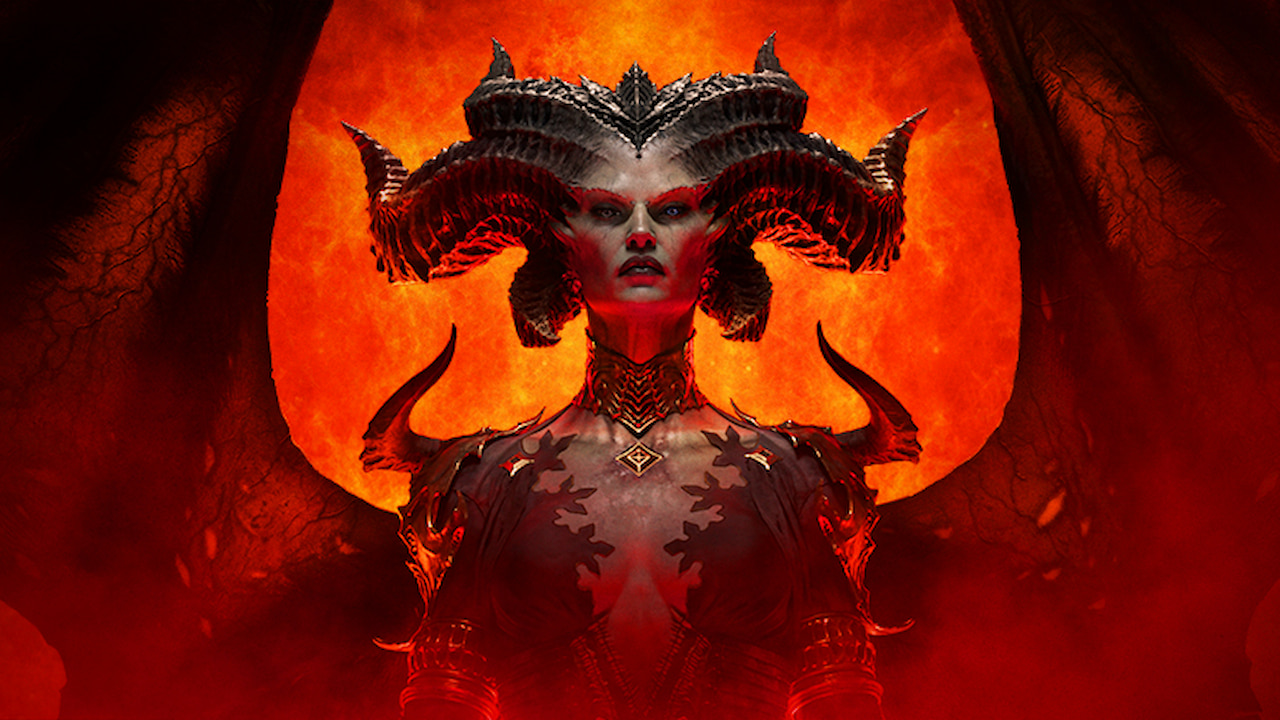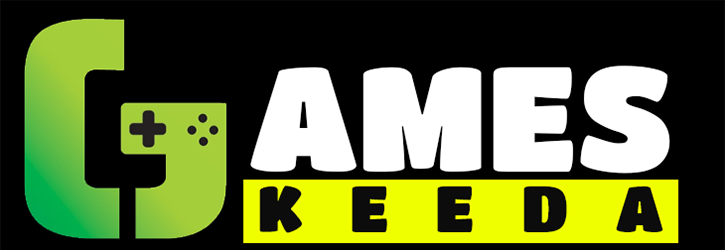[ad_1]
Pasokon Retro is our common look again on the early years of Japanese PC gaming, encompassing all the pieces from specialist ’80s computer systems to the completely happy days of Home windows XP.
In 1997 Sega’s nigh-undefeatable arcade division created Digital On, an arena-based preventing recreation starring large mechs capable of rocket enhance over buildings and unleash screen-sized lasers at one another. As with all the pieces the corporate launched in arcades again then the sport was constructed upon an eye catching “extra is extra” philosophy, utilizing leading edge expertise to ship graphics that on the time have been really not possible to copy at house. This already overwhelming sensory expertise was then housed in a cupboard that includes an uncommon twin stick management panel and huge cockpit-like seats for max impact. Digital On was successful and have become the primary entry in a small collection that’s nonetheless beloved at this time, despite the lengths and expense individuals typically need to go to to play them.

Doujin recreation developer Blue&White gazed upon this superb fusion of neon and steel operating on specialist {hardware} and mentioned “Yeah, we are able to try this too,” despite the fact that it had solely launched a few shmups and dabbled in primary 3D modelling on the time. Some forms of video games swimsuit doujin-sized improvement groups like a glove—there is a sensible cause why there are such a lot of indie roguelikes and retro-style arcade video games. Speedy mech-on-mech 3D motion undoubtedly is not one in every of them.
But the indie workforce at Blue&White truly adopted by on their wildly formidable concept and launched Iron Duel on PC someday round 2006. Its conflict of steel and missiles was contained inside a easy burned CD-R with printed inserts so primary the again “cowl” of the sport’s slim CD case is nothing greater than a unfastened sheet of paper with a hyperlink to the developer’s previous Geocities web site printed on the backside.
2006. An historical time the place mainstream PC video games nonetheless routinely got here in packing containers, Home windows Vista hadn’t been launched but, and The Elder Scrolls 4: Oblivion was forcing everybody to have an opinion on horse armour. We have been nonetheless years and years away from Recettear’s Steam debut, a quietly revolutionary occasion that will slowly however absolutely increase English language consciousness of doujin video games and finally flip them right into a viable (and buyable) area of interest on our aspect of the web. But this was the period Iron Duel was created in, and taking a look at it on this broader context it is clear simply how a lot of a pioneer it was, charging forward in a style doujin video games by no means performed in.
Regardless of its standing as a daring and experimental step into comparatively new and uncharted territory, the sport nonetheless options six playable mechs starting from versatile all-rounders to lumbering specialists, every with distinctive weapon loadouts designed to generate as many brilliantly blocky 3D explosions and lasers as doable. Iron Duel’s simplistic look, all sharp angles and easy, crisp, textures, by chance evokes a nostalgically retro model of 3D lengthy earlier than that development would finally take off, and fortunately for Blue&White it fits mech motion particularly effectively. Large bomb-throwing machines ought to have massive, flat, surfaces and boxy shapes on the top of squarish arms. Their hips ought to rotate independently of the higher physique. Jet booster results ought to be produced from uncooked spiky polygons and missile trails ought to at all times be triangular.
These Virtuaroids—sorry, Vertical Gunners—blow one another to bits in a wide range of arenas and underneath numerous circumstances, even when a few of these guidelines do not match the unique Digital On setting Iron Duel is making an attempt so very arduous to mimic. The duel battles in listed here are cribbed from the a lot later Digital On Pressure (inside consistency is not precisely one thing a fan-made work born out of pure ardour has to fret about).
Fan video games do not actually have to fret all that a lot about being any good, both. Iron Duel exists as a result of it may possibly, as a result of somebody on the market wished it to, and that extremely private ardour’s a ok cause all by itself. Is it some kind of long-hidden gem, or a very novel twist on a longtime system? No, it is not both of these issues. It lacks Digital On’s showy charisma. The controls used to information your Vertical Gunner to victory by no means fairly really feel proper regardless of how a lot you tweak them. The ally AI in addition to common hit detection stay considerably questionable even after the sport’s been patched as much as its digital eyeballs.
And on this occasion, that is OK. I did not set up this hoping to see Sega overwhelmed at their very own recreation, and actually, it would not have been truthful of me to anticipate this indie upstart to outdo its inspiration’s gorgeous Hajime Katoki (Gundam, Patlabor, Tremendous Robotic Wars) Virtuaroid designs anyway. I put in this as a result of as a Digital On fan I had a uncommon and valuable likelihood to play one thing new for a day. It’s kind of like listening to your favorite track sampled by some new artist you’ve got by no means heard of on the radio—it does not actually matter if I like the way in which it has been reimagined or favor the unique, as a result of both approach it nonetheless seems like a contented assembly of like-minded followers.
Iron Duel’s handcrafted CD is a love letter to a collection the builders clearly take care of not less than as a lot as I do. It is a massive concept burned onto a small disc, and despite the fact that their recreation did not turn into wonderful I am nonetheless glad they received to share their apparent ardour for Digital On with the world—and with me.
[ad_2]
Source link



